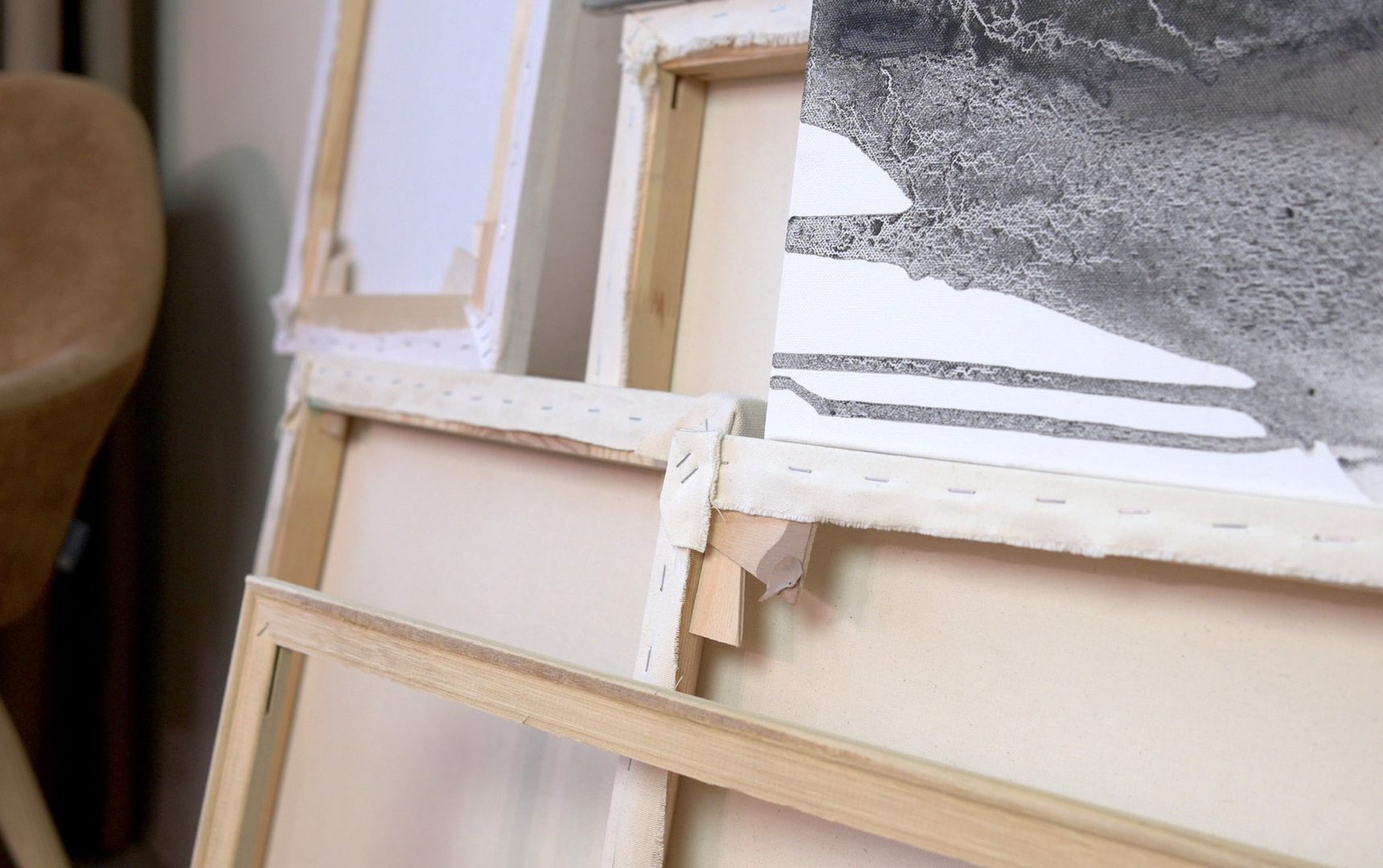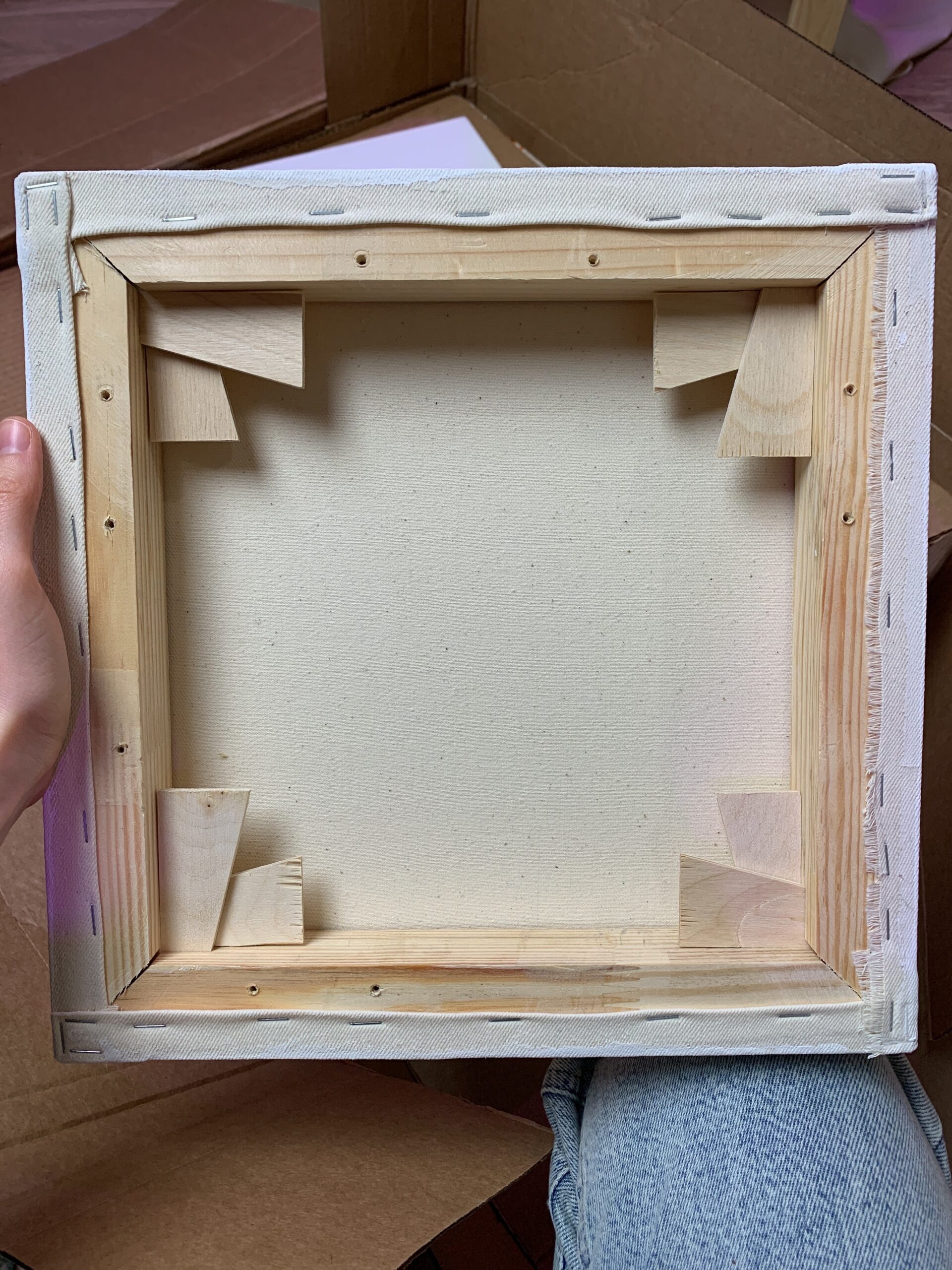Choosing the perfect canvas
Selecting the right canvas is a crucial step in the artistic process, as it serves as the foundation for your painting. With a multitude of options available, from stretched canvases to panels, finding the perfect canvas can be a daunting task for artists. In this guide, we’ll explore the factors to consider when choosing a canvas and provide tips for selecting the ideal surface to suit your painting style and preferences.

1. Type of canvas surface
First and foremost, consider the type of canvas surface that best complements your artistic vision. Stretched canvases are a popular choice, offering a traditional painting surface that is ready to use straight out of the box. Available in various sizes and depths, stretched canvases provide a sturdy foundation for both oil and acrylic paintings. Alternatively, canvas panels offer a more rigid surface that is ideal for detailed work and en plein air painting. These lightweight panels are easy to transport and store, making them a convenient option for artists on the go.
2. Canvas material
Next, assess the quality of the canvas material itself. Look for canvases made from high-quality materials, such as 100% cotton or linen, the last one offer superior durability and longevity compared to cotton duck. A tightly woven canvas with a smooth surface provides an ideal painting surface, allowing brushstrokes to glide effortlessly and ensuring optimal paint adhesion.
3. Canvas’s priming
Consider the canvas’s priming or preparation process, as this can significantly impact the painting experience. Pre-primed canvases are coated with gesso or acrylic primer, providing a smooth and absorbent surface that is ready for painting. However, some artists may prefer to apply their own primer for added customization and control over the painting surface. Unprimed canvases offer the flexibility to tailor the surface to suit your specific painting techniques and preferences.
4. Stretcher bars
Pay attention to the canvas’s stretcher bars or support system. Stretched canvases should be constructed with sturdy, warp-resistant stretcher bars to prevent sagging or warping over time. Look for canvases with reinforced corners and cross braces for added stability and longevity, especially for larger sizes.
For more information about the differences of subframes, see this article

5. Size and framing
Consider the desired painting format and presentation. Traditional stretched canvases are suitable for framing or hanging directly on the wall, while canvas panels can be framed or displayed as standalone artworks. Explore options such as gallery-wrapped canvases, which feature staple-free edges for a clean, contemporary look that doesn’t require framing.
6. Budget and purpose
Finally, don’t forget to consider your budget and personal preferences when choosing a canvas. While high-quality canvases may come with a higher price tag, investing in premium materials can pay off in the long run with superior results and increased durability. At the same time, if you are just beginning to learn painting, cotton canvas is suitable for student work and simple studies, as it’s much cheaper than linen canvas.
In conclusion, selecting the perfect canvas is an essential step in the artistic process that can significantly impact the outcome of your painting. By considering factors such as surface type, material quality, priming process, support system, presentation format, and budget, you can find the ideal canvas to suit your artistic style and preferences. Whether you prefer traditional stretched canvases or lightweight panels, the perfect canvas awaits to serve as the foundation for your next masterpiece.
You might also like
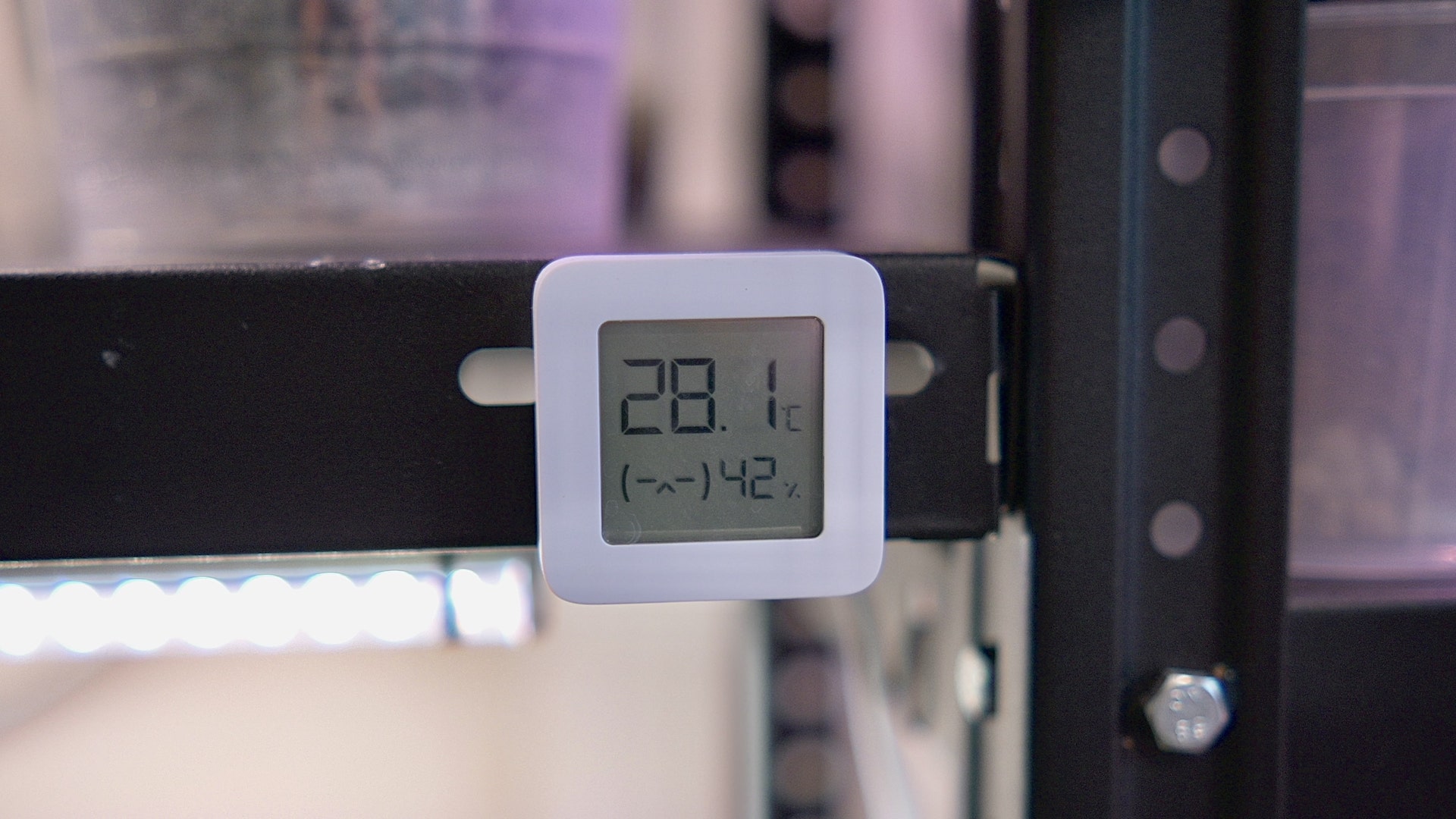
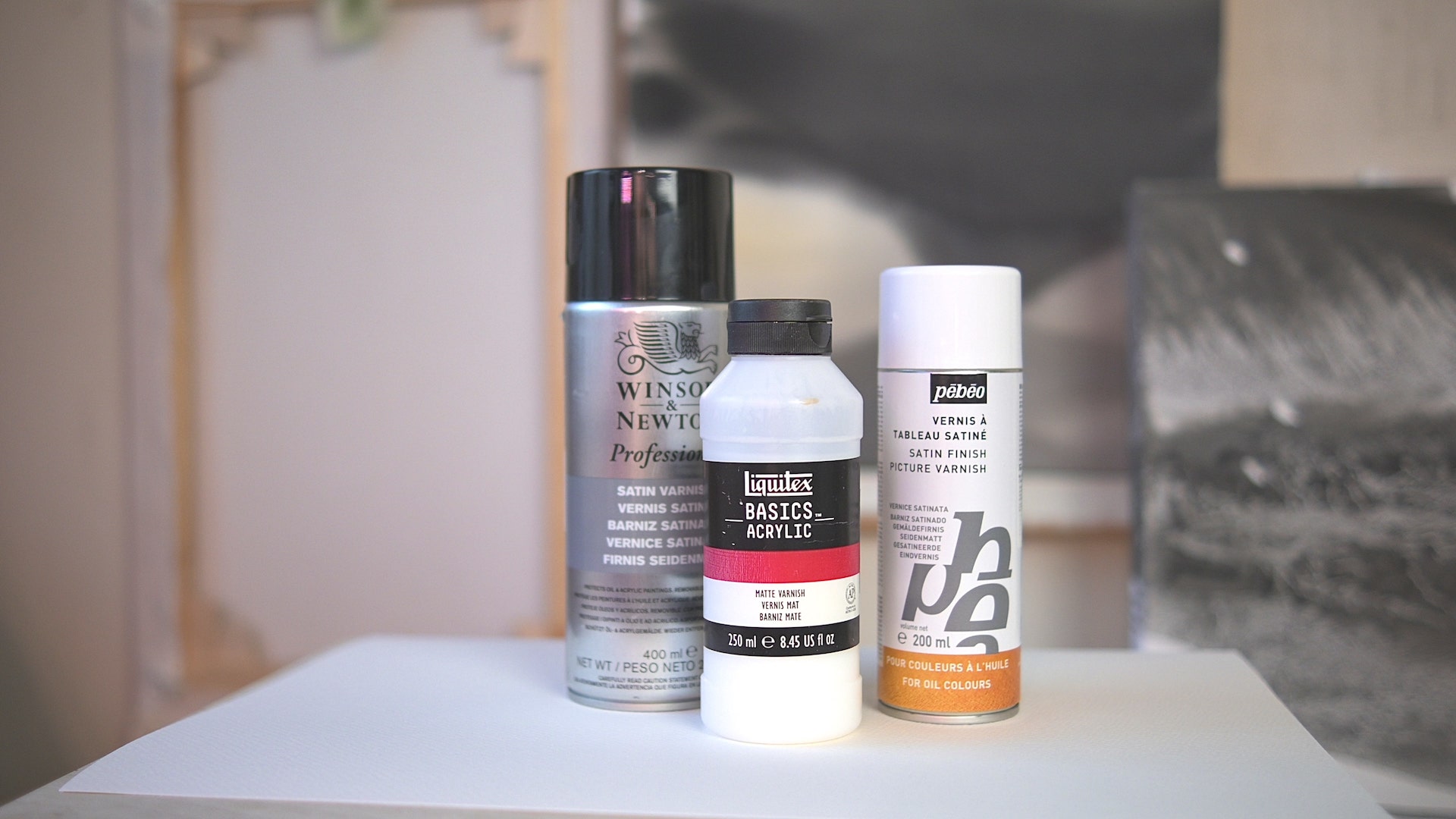
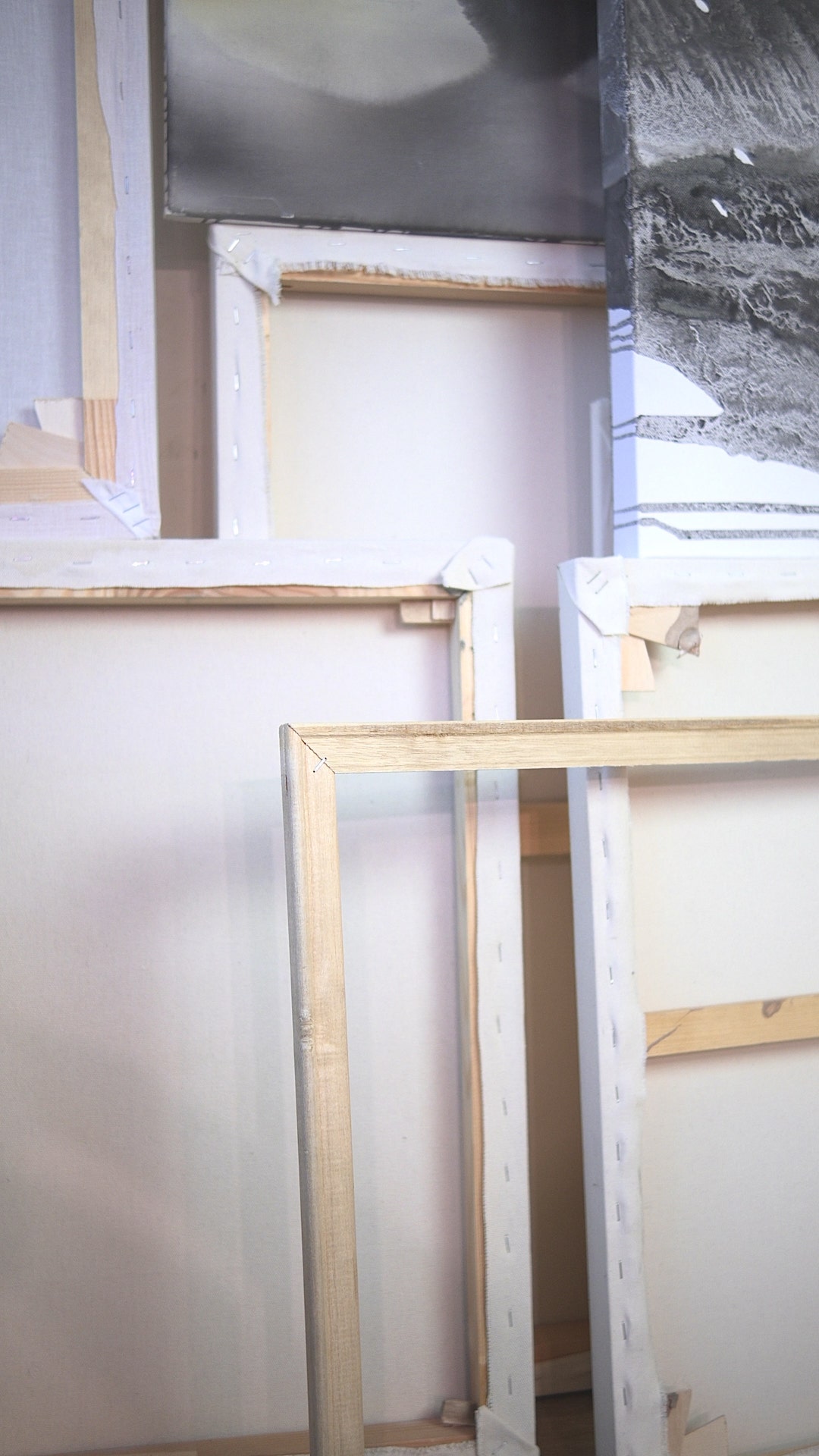
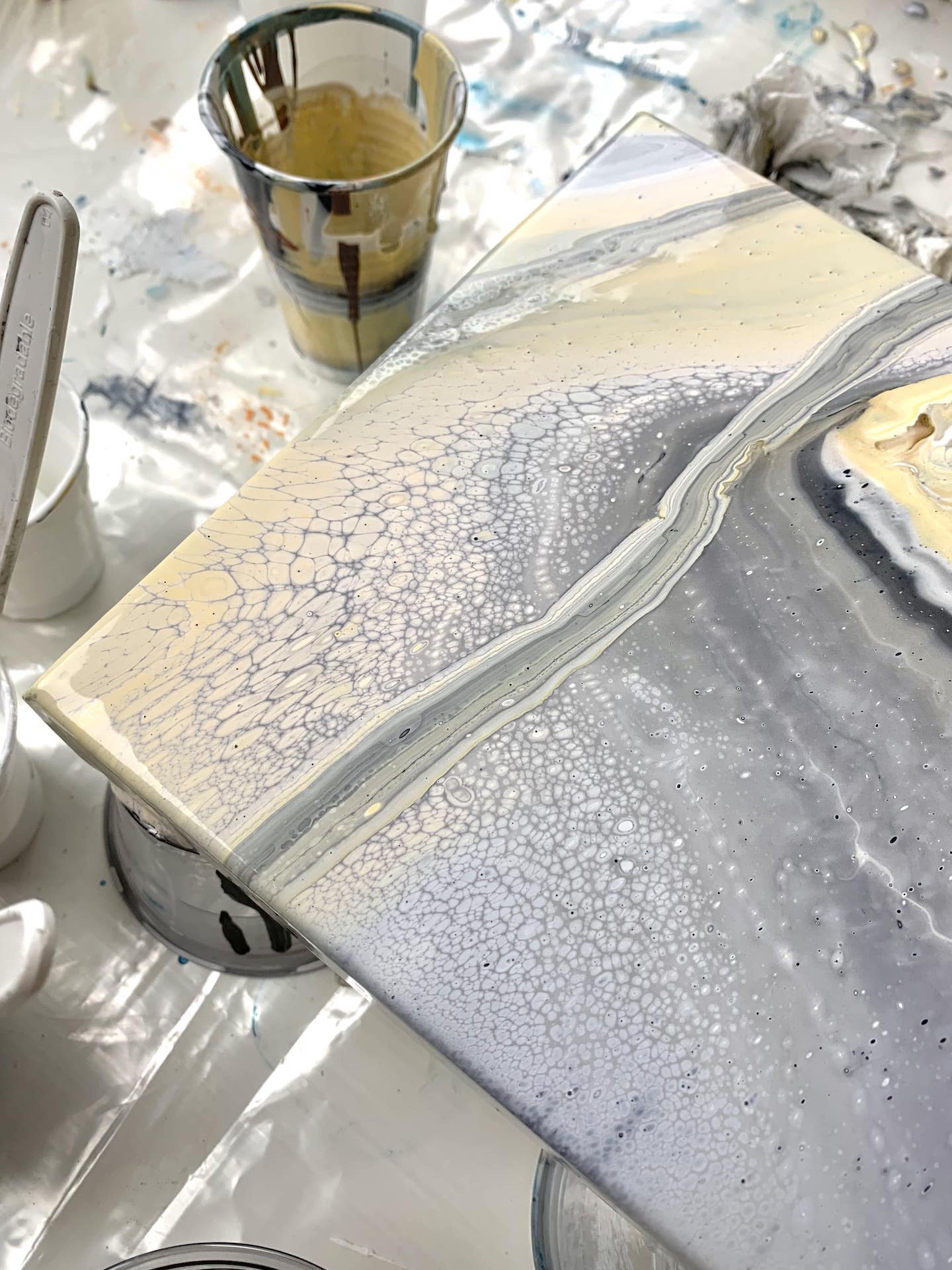
Courses
Unlock your creative potential today
Discover the joy of creative expression and explore the possibilities of different materials and surfaces with my online courses.
From mastering techniques to tapping into your inner vision, you’ll create beautiful, unique pieces that thanks to new knowledge, will more accurately reflect your personal style and creativity.
